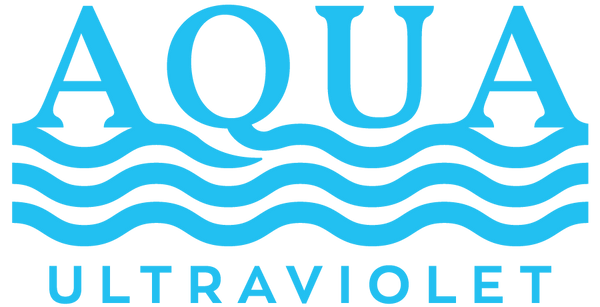Markets

AQUACULTURE
Water is the key to elevating your Aquaculture Harvests
As global consumer demand for hatchery products rises, disease issues in habitat water sources continue to rise.
By installing new and advanced aquaculture filtration systems, hatcheries and seafood raising facilities are still assessing how their water quality has improved.
Since water scarcity is a significant factor in this field, it is crucial to make sure you have the highest caliber aquaculture UV sterilizers for the water that is accessible.

MANUFACTURING
With no negative side effects or alterations to appearance or quality, our commercial UV light sanitizer for manufacturing sectors reduces contact time and additives to food or water.
The contact time needed for other kinds of disinfection procedures is reduced when you use a UV food sterilizer in your food or beverage production. In addition to being quick and efficient, it also saves money and is good for the environment.
UV sterilizers have traditionally been used to treat fresh, pure water, but if the UV equipment is sized correctly to take into account the variation in water quality, they can also be used to effectively cleanse streams of less clear water.

RECREATIONAL POOL, SPA & WATER PARKS
Ultraviolet Pool Sanitizers are essential for disinfecting public and private pools, spas, and water features to ensure safety for swimmers.
Chloramines and chlorinated organic compounds are common in these venues, leading to smelly water and increased eye, nose, and throat issues.
The increasing awareness of the negative health effects of chlorine and the resistance of bacterial pathogens like Cryptosporidium to chlorination suggest the need for improved treatment strategies and pool sterilizers.

HORTICULTURE
The growing demand for fresh food products and cannabis in greenhouse growing industries is driving the need for safer and cost-effective water filtration solutions, such as UV light for greenhouses.
Water is crucial for successful crops, but improper regulation can lead to expensive losses. Greenhouse UV light is easy to install and requires less time than other filtration methods.
It has also been proven effective in eliminating mold, making it a new application for marijuana grow houses in states where they are permitted to cultivate, harvest, and sell marijuana. This technology is now being used in commercial grow houses due to the growing concern of mold.

PONDS
Pond conditions are improved when pond UV sterilizers and our bio-mechanical filtration system are used together.
Aqua Ultraviolet Sterilizers are tried-and-true methods of managing bacteria, protozoa, and algae. The germicidal rays emitted by the UV lamp change or damage single-celled organisms' DNA or RNA.
An Aqua Ultraviolet System installed correctly in-line can successfully remove these organisms without leaving any hazardous residues behind. UV eliminates free-floating algae to maintain your water pure and prevent the development of fish sickness

AQUARIUMS
There are many aquarium enthusiasts! A UV sterilizer for aquariums is ideal for both hobbyists and professionals!
Let our UV sterilizers handle the hard lifting for saltwater and freshwater enthusiasts who are always searching for better ways to maintain the safety and cleanliness of their aquariums.

RESIDENTIAL & COMMERCIAL
Water for residential use goes further than drinking!
Disease concerns in water supplies worldwide highlight the need for better water purification processes, especially in homes, businesses, and recreation.
Bottled water became mainstream in the 1980s, and plastic water bottles have become a widespread discarded item.
Aqua Ultraviolet's drinking water filtration system can help curb disposable plastic water bottles and protect against water contamination. UV water purification systems effectively destroy 99.9% of waterborne microorganisms.
Factors such as cost, application, availability, and unknown factors contribute to the lack of filtration in households, businesses, and recreation centers. Finding the best quality filtration system for available water is crucial, as water scarcity is a major factor.
UV purification systems provide safe solutions against chlorine-resistant microorganisms, preventing thousands of documented health cases each year.

AIR FILTRATION SYSTEMS
Purifying the air we breathe with a UV air sterilizer
The Dynamic Room Air Sterilizer is a compact, lightweight air purifier designed for indoor spaces, including medical institutions, schools, and homes. It uses UV light to eliminate pollutants and is easy to use.
The Dynamic Room Air Sterilizer has a 254nm high-efficiency UVC lamp, providing 360-degree ring-shaped illumination for disinfection. The Aqua UV Ozone Air Sterilizer protects against mold, viruses, bacteria, fungus, pollens, spores, dust mites, and odors.
The Air Duct Sterilizer is installed in the heating-air system, using UV-C germicidal rays to purify air and sanitize medical tools. UV disinfection is now required in US government buildings for heating and cooling systems.
